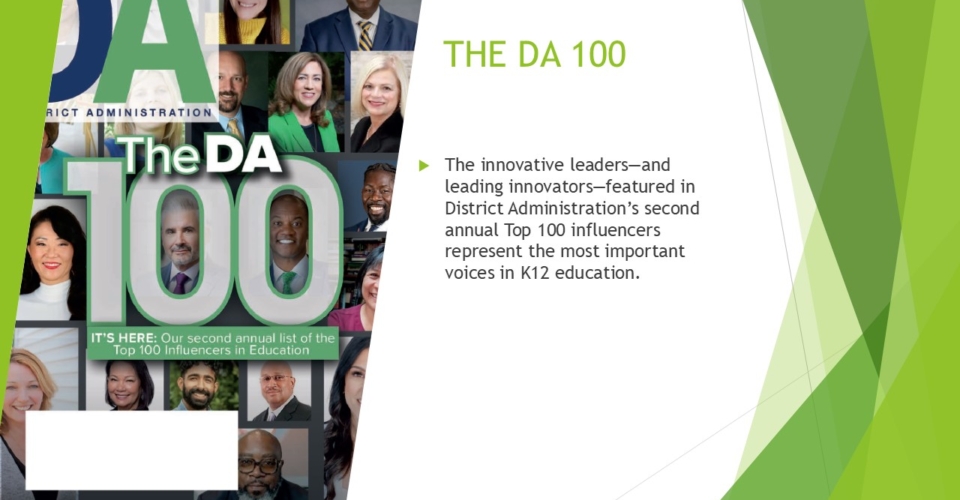All educators know that student interest in math may not last too long beyond multiplication tables. A new survey of students ages 12 to 21 takes a deeper look at when and why the subject becomes a barrier for some learners—and how they can be re-engaged.
Students begin developing identities as “math people” during elementary school, suggesting that teachers at that level “have a large role in cultivating positive math attitudes,” according to the RAND Corporation’s first-ever American Youth Panel survey.
Students are more likely to enjoy math when they feel supported, which builds their confidence in comprehending the subject and their belief that it’s important to learn.
DA Research Question: How are you using AI to make your district smarter?
“Student feedback offers one of many likely reasons for the slow post-pandemic recovery: Students are frequently bored with math,” said Heather L. Schwartz, vice president and director of RAND Education and Labor.
“Although boredom is not unique to math, routine boredom is a problem. These findings emphasize the importance of boosting student engagement to improve academic outcomes,” she noted.
Here are a few key findings from the survey:
- 49% of students in middle and high school reported losing interest in math about half or more of the time.
- 75% of youths reported losing interest for at least some class time.
- Loss of interest in math is consistent across genders and racial and ethnic groups.
- 30% of middle and high school students said that they have never considered themselves a “math person.”
Reigniting student interest in math
More technology and online activities appear not to be the keys to re-engaging students in math. The survey found that students who lose interest want to learn how math applies to the real world.
“It may sound surprising in today’s high-tech environment, but online math activities might be less motivating than face-to-face instruction,” said Robert Bozick, senior research scientist at RAND. “We suggest a mix of engaging math activities combining face-to-face teacher-student interactions with a mix of offline and online activities and the use of more real-world applications in the classroom.”
A separate report, from the National Council on Teacher Quality, reveals the need for action when it comes to elementary school math teachers. Only 21 states “provide clear, detailed guidance” to teacher preparation programs about how to cover core content: Numbers and operations, algebraic thinking, geometry and measurement, and data analysis and probability.



